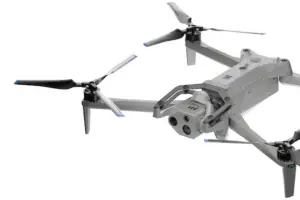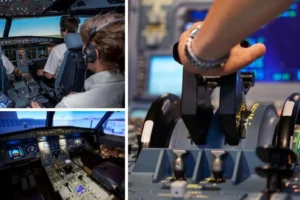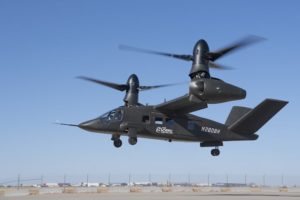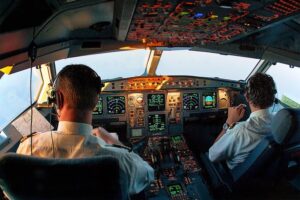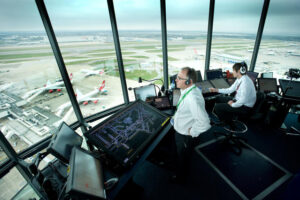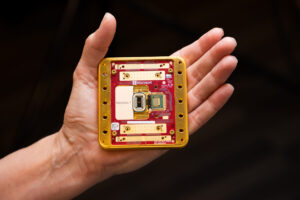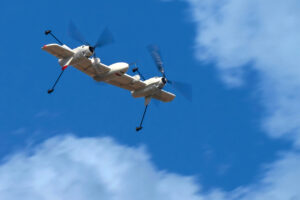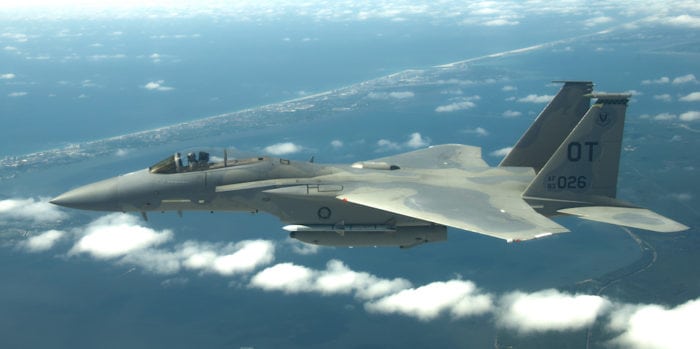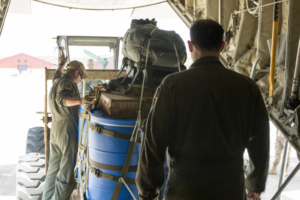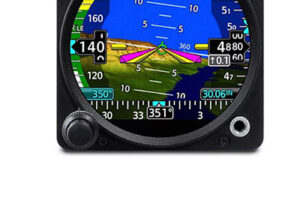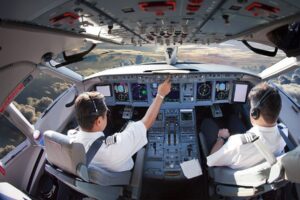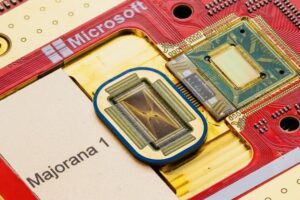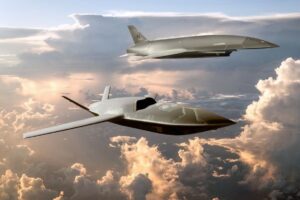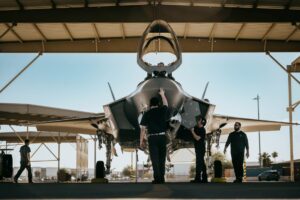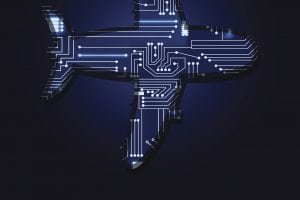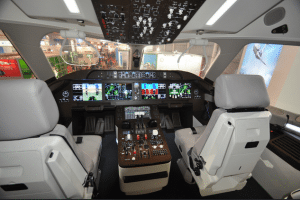Lockheed Martin, USAF Demos Open Mission Systems on F-16 Drone
By Staff Writer | April 11, 2017
Send Feedback
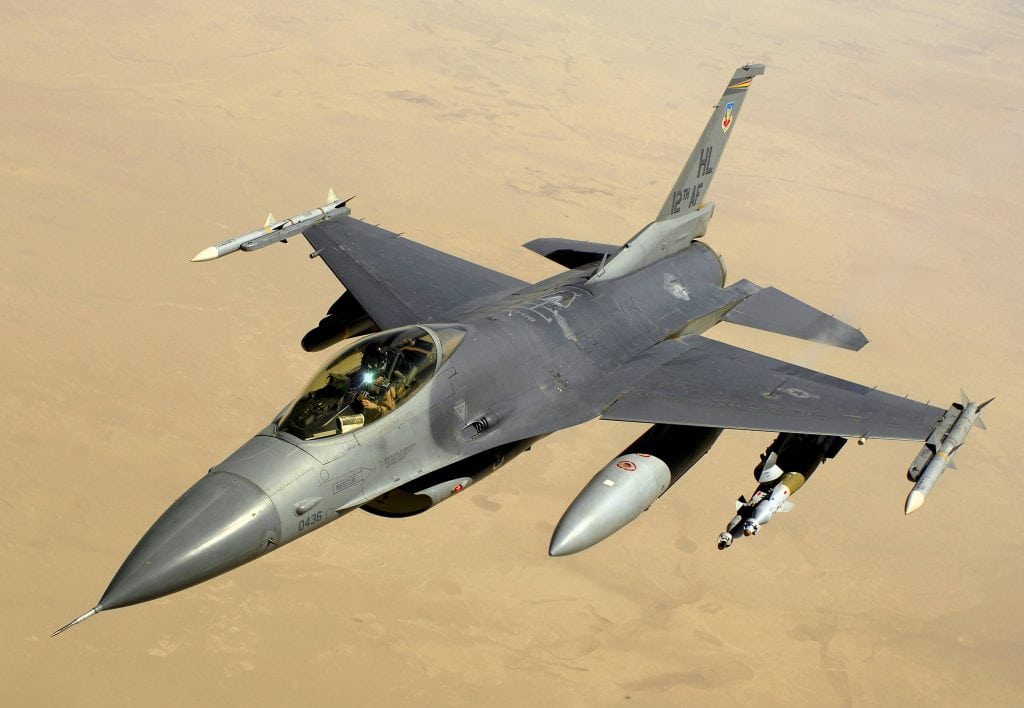
The autonomous F-16 flight demonstrations had to show three key objectives in order to be deemed successful, Lockheed Martin said.
- The ability to autonomously plan and execute air-to-ground strike missions based on mission priorities and available assets
- The ability to dynamically react to a changing threat environment during an air-to-ground strike mission while automatically managing contingencies for capability failures, route deviations and loss of communication
- A fully compliant USAF Open Mission Systems software integration environment allowing rapid integration of software components developed by multiple providers.
Lockheed Martin Skunk Works, the Air Force Research Laboratory (AFRL), U.S. Air Force Test Pilot School and Calspan Corp. did that and more at Edwards Air Force Base in California. The two F-16 drone demonstrations also showed that manned/unmanned combat teaming is possible — with the right technology.
An experimental F-16 acting as a surrogate unmanned combat air vehicle carried out an air-to-ground strike mission during the demonstration. It had to autonomously react to what Lockheed Martin called a “dynamic threat environment.” The first demonstration focused on advanced vehicle control. The F-16 autonomously flew in formation with a lead aircraft, conducted the attack mission and then automatically rejoined the lead aircraft after completion. The aircraft was linked with Lockheed Martin’s automatic collision avoidance system. The second demonstration involved putting the combat-capable F-16 in increasingly complex and changing situations. The aircraft’s system was required to adapt.
“The [onboard maintenance system (OMS)] architecture used in [the second demonstration] made it possible to rapidly insert new software components into the system,” said Michael Coy, a computer engineer for AFRL. “OMS will allow the Air Force maximum flexibility in the development and fielding of cutting edge autonomous capabilities.”
With OMS, the Air Force said it aims to develop industry consensus for a non-propriety mission system architectural standard. It would enable an affordable solution the decreases lifecycle costs, simplified mission systems integration, service reuse and interoperability. Lockheed Martin said it has also demonstrated OMS on its F-22, F-35, CATbird, U-2, Stalker and other classified programs. The company said it is responsible for many “firsts in the industry” regarding OMS. Its list includes:
- Flight test an OMS system with Project Missouri in December 2013;
- Complete an end-to-end demonstration of fourth-to-fifth OMS-enabled communications;
- Complete a first demonstration of fifth-to-fifth OMS-enabled communications;
- Complete a link-up of a mission-ready high altitude intelligence, surveillance and reconnaissance (ISR) platform with Common Mission Control Center in December 2014;
- Complete the demonstration of dynamic weapon retargeting though OMS enabled systems;
- Complete a demonstration of OMS-enabled on-board sensor data processing, enabling mission decisions to be made without extensive ground support; and,
- Flight demonstrate realistic mission complexity including: connectivity through multiple aircraft, integrating third-party software, dynamic weapon reprogramming, automatic aircraft updates from a mission control station, sensor control and more.
